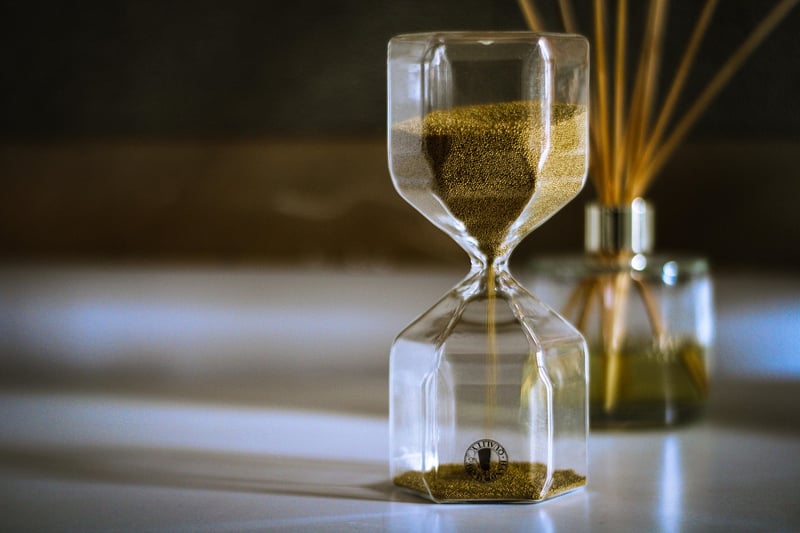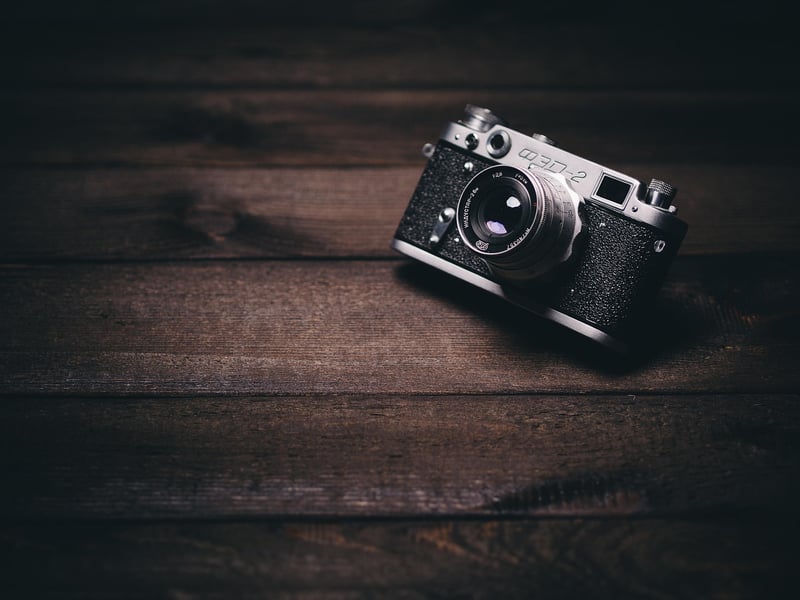Historical Devices
Unveiling the Secrets of Time Travel Technology and Historical Devices
Time travel has been a fascinating concept for centuries, inspiring countless works of science fiction and captivating the minds of people around the world. While time travel remains a theoretical possibility, let's delve into the realm of time-travel technology and explore some historical devices that have shaped our understanding of time and space.
The Enigma of Time Travel Technology
Time travel technology is a subject that continues to captivate scientists, researchers, and enthusiasts alike. While time travel as portrayed in popular culture may be a stretch, theories such as wormholes, black holes, and the concept of time dilation offer intriguing possibilities.
One of the most famous theories related to time travel is Albert Einstein's theory of relativity, which posits that time is not constant and can be affected by gravity and speed. While practical time travel devices remain elusive, the exploration of these theories pushes the boundaries of our understanding of the universe.
Historical Devices that Shaped Our Perception of Time
Throughout history, various devices have played a crucial role in our measurement and perception of time. From ancient sundials to modern atomic clocks, these devices have allowed us to track the passage of time with increasing precision.
1. Sundials
Sundials are one of the oldest timekeeping devices, dating back to ancient civilizations. By using the position of the sun's shadow, sundials provided a way to approximate the time of day, helping societies organize their activities and schedules.

2. Water Clocks
Water clocks, also known as clepsydrae, were used by ancient cultures to measure time based on the flow of water from one container to another. These devices were instrumental in marking the passage of time, particularly during the night when sundials were ineffective.

3. Hourglasses
Hourglasses, with their two connected glass bulbs containing sand that flows from one to the other, were widely used as timekeeping devices in the past. They were popular for measuring short intervals of time and were commonly used in maritime navigation and other fields.

While these historical devices may seem rudimentary compared to modern technology, they laid the foundation for our current understanding of time and its measurement.
As we continue to explore the mysteries of time travel and delve into the past to understand how our ancestors perceived time, we unravel the intricate tapestry of existence that binds us across the ages.
